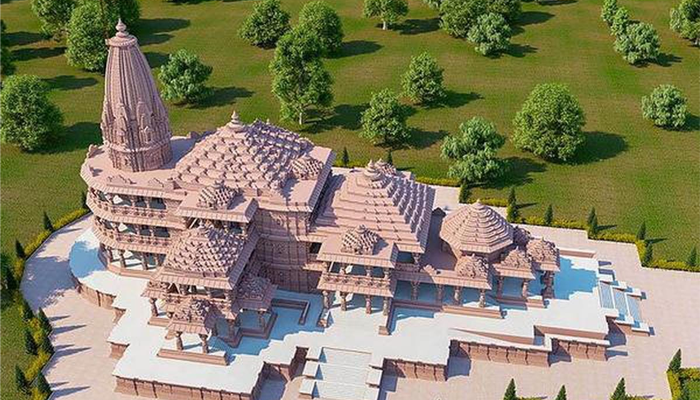The successor mission to Chandrayaan-2, Chandrayaan-3, is scheduled to launch on Friday, July 14, 2023. The Moon mission of the Indian Space Research Organization (ISRO) seeks to place a lander and a rover on the highlands of the Moon near its south pole and show off end-to-end landing and roaming capabilities. Chandrayaan-3 will be launched on Friday at 2:45 IST by the Launch Vehicle Mark III (LVM3), also known as the Geosynchronous Satellite Launch Vehicle Mark III.
The 3,900 kilogram Chandrayaan-3 spacecraft is made up of a lander, a rover, and a propulsion module. The rover is comparable to the Vikram rover from Chandrayaan-2, although upgrades have been made to aid ensure a secure landing.
Chandrayaan-3: When and how to watch online
LVM3-M4 and Chandrayaan-3 spacecraft vehicle assembly electrical testing have been finished. Anyone interested in viewing the launch live from the Satish Dhawan Space Centre’s Launch View Gallery should register at ivg.shar.gov.in/.
Announcing the launch of Chandrayaan-3:
🚀LVM3-M4/Chandrayaan-3 🛰️Mission:
The launch is now scheduled for
📆July 14, 2023, at 2:35 pm IST
from SDSC, SriharikotaStay tuned for the updates!
— ISRO (@isro) July 6, 2023
Anyone interested in watching the launch live online can do so on Doordarshan or the ISRO’s official YouTube account.
Chandrayaan-3 is anticipated to make a soft landing on the Moon on August 23 or 24, according to ISRO Chairman S Somanath.
The goals of Chandrayaan-3 include conducting in-situ scientific experiments, developing and testing new technologies needed for interplanetary missions, and showing a safe and soft landing and roving capabilities on the lunar surface.
The Chandrayaan-3 lander was built to be able to deploy the rover, whose purpose is to do in-situ chemical study of the lunar surface, after softly landing in the Moon at a designated location. The lander module will be transported to the final 100-kilometer circular orbit by the propulsion module. The lander module and the propulsion module will split apart once they have reached this orbit.
According to NASA’s website, the propulsion module will continue to orbit the Moon following separation and serve as a communications satellite. Each of the three modules—lander, rover, and propulsion—will have its own scientific payload.
The propulsion module, described by NASA as looking like a box, will have a sizable solar panel positioned on one side and a sizable cylinder on top. The Intermodule Adapter Cone, a cylinder, will serve as the lander’s mounting framework.
The main thruster nozzle is situated at the base of the propulsion module. The box-shaped lander is equipped with four landing legs, four landing engines, several sensors to ensure a secure touchdown, and a variety of cameras to identify obstacles and determine its location.
Additionally, the lander has an X band antenna to provide communications. The rectangular rover includes six wheels, a camera for navigation, and a rectangular form.
Humbly Request To All Visitors!
If you found above both downloading link expired or broken then please must inform admin by fill this Contact Us! Form


